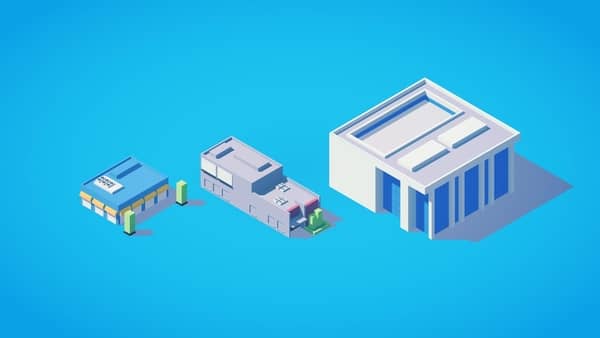
AI-Based Cybersecurity – Advanced Solutions Against Cybercrimes
November 17, 2021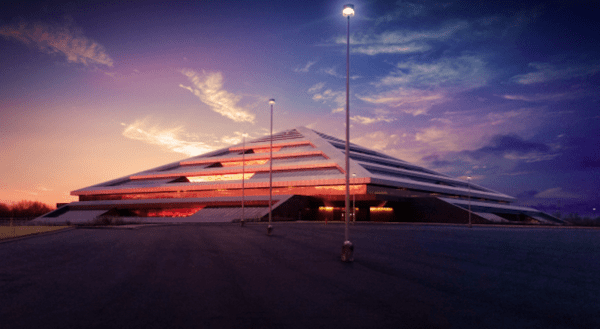
Unexpected Data Center Locations and Interesting Designs
November 23, 2021Data has become an inevitable and a very critical resource for organizations in the past few years. The whole world operates and functions around data in the contemporary scenario. Therefore, it makes the storage of data an equally important requirement for its management and usage. A data center does the task of storing the data.
By definition, A Data Center is a centralized facility that houses an organization’s critical applications along with essential data. The blueprint and design of a data center rely on a robust computing network and a plethora of storage resources that validate and enable the delivery of shared applications and data.
The core components of a data center design include switches, secure firewalls, efficient storage systems, servers, routers, and controllers that enable and control application delivery. All the businesses rely on data centers security and dependency for the optimal functioning of their operations.
The data centers increased rapidly across the world in the 1990s. To make the presence on the internet noticeable, most organizations constructed huge facilities called Internal Data Centers and had state-of-the-art capabilities such as crossover backup.
Today’s data centers are different from those back then; there is a shift in technology, i.e., from conventional old physical servers to virtual networks that can support workloads and applications at different levels.
Essential Components of Data Center Infrastructure
A widely accepted and adopted standard for data center infrastructure includes ANSI/TIA-942-A. It adheres to the 4 tier need, defined by the Uptime Institute:
Tier I. The Basic Capacity: This tier involves an uninterrupted power supply in case of power lags, power spikes, and ultimately the outage. It also protects against disturbance from human errors. But it doesn’t do so in case of unexpected outages or a failure of the entire system.
Tier II. The Redundant Capacity: It provides enhanced safety in the event of unforeseen disruptions along with maintenance opportunities. Various capacity components for cooling and power issues can be segregated in this tier without totally shutting down the system.
Tier III. Concurrently Maintainable: For serving the critical environment, the redundant functions are facilitated. All the functions of shutting down and removal can take place without impacting the IT operation.
Tier IV. Fault-Tolerant: This enables high degree protection of a production capacity from all types of failures. Glitches like disruption and unplanned events don’t affect the system. This data center ensures the highest uptime with almost zero chances of failure, i.e., 99.995%.
There’s a need for detailed exploration of different data centers and their purposes to understand this technology better.
Different Types of Data Centers
Edge Data Center
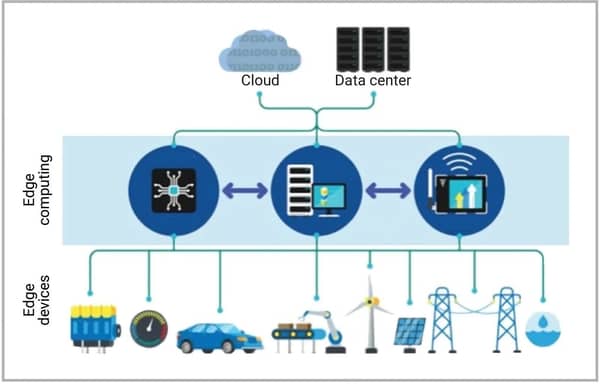
These types of data centers are relatively small facilities located in the vicinity of the population they serve. These data centers enable the organizations to deliver content and service with minimal latency, generally characterized by their size and connectivity to local users.
The unfathomed feature across these data centers is their reasonably small size and easy construction in any environment. Lower latency is one of the most sought-after features in this type of data center, which traditional data centers lack. But they also make up for this lacuna by being highly compact and customizable to the end-user.
This type of data center is generally situated within the organization’s premises, thus increasing the similarity with onsite data centers. An offsite company or a colocation usually manages these centers. A very critical role is played by these data centers in edge computing architecture, thus bringing data storage and computation closer to the required location.
A study suggests that the edge data centers will provide generous support to IoT (Internet of Things) and the autonomous vehicle segment to increase processing capacity and enhance customers’ experience. To penetrate a local market or improve regional network performance, these facilities are not helpful and are invaluable.
Cloud Data Center
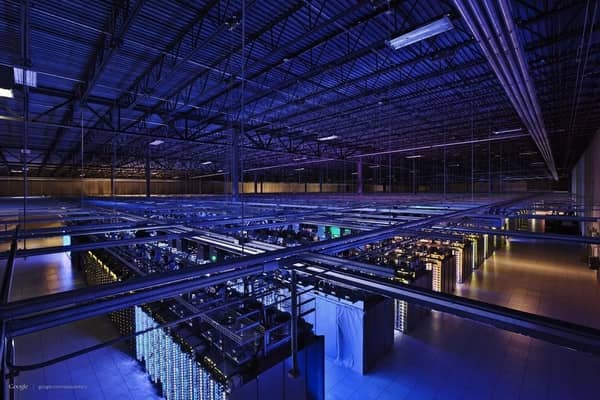
A cloud data center is the type of data center in which the cloud company manages and takes care of the actual hardware with the help of a third-party managed services provider. It gives the clients the liberty to run applications and manage websites and data within the ambits of a virtual infrastructure running on the cloud servers.
The moment it is uploaded to the cloud servers, it is immediately fragmented and is duplicated across various locations. The cloud provider makes sure to provide a backup of your backup in case of an unexpected event.
Certain cloud companies provide customized cloud services, enabling clients to have unique access to their cloud environment, also known as the private clouds. On the other hand, the public cloud providers ensure the availability of resources through the internet. Amazon’s AWS and Microsoft’s Azure are a few popular public cloud providers.
With the cloud in the picture, the company only has to pay for the hardware resources used. There is no hassle and worry about regular server updates, security features, cooling costs, etc. The prices for every service are included in the monthly subscription, for example, Google’s Cloud Services, IBM Cloud, Amazon (AWS), Microsoft (Azure), etc. Organizations of any size can use it.
Enterprise Data Center
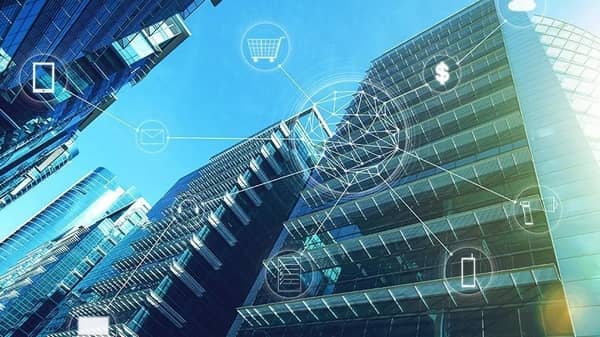
This data center is designed solely to support a single organization and is a highly private facility. As per the consumer’s convenience, its location can be on-premises or off-premises.
For instance, if a website is operated from Canada, and the target audience comprises students in the United States, the preference to build a data center would be in the US to reduce the page-load time.
Enterprise facility is recognized more by its ownership and purpose as compared to its size and capacity. It is perfect for companies with unique network requirements and considerable revenue to take advantage of economies of scale.
The main elements of an enterprise data center consist of multiple data centers with the sole purpose of sustaining the essential functions. These sub-data centers are classified into three groups:
Internet data center: All the devices and servers essential for the smooth functioning of web applications are supported by this data center.
Extranet: Business-to-Business transactions within the enterprise data network are supported here. Usually, these services can be accessed over private WAN links or even secure VPN connections.
Intranet: It retains the application and data within the data center. The data is used for R&D, manufacturing, marketing, and a few other business functions. It allows the companies to keep track of crucial parameters like bandwidth and power usage. Also, it enables them to keep their software, such as the monitoring tools, updated.
Hence it gets easier and simpler to get an estimate of the upcoming needs and scale efficiently. A few disadvantages of this type of data center facility are that it requires a massive capital investment, is labor-intensive, high maintenance of the equipment, and other timely expenditures. For Example, Facebook’s Forest City Data Center is situated in the state of North Carolina. Huge organizations generally use it.
Managed Data Center
It is a kind of data center model in which a third-party service provider takes care of the data’s deployment, management, and monitoring. All the necessary features are managed via a service platform. The data center can be managed in two ways, either entirely or partially.
The data center provider manages all the technical details, including the back-end data, if it is wholly managed. Whereas in the case of partial management, the businesses would exercise a certain level of administrative control over data center implementation and service.
Usually, the service provider maintains all the network components and services, including the up-gradation of operating systems and other system-level programs. It also restores data/services in case of a disruption. The services can be sourced from a fixed data center hosting site and colocation facilities, including a cloud-based data center.
For example, IBM’s data center offers a wide range of managed services directly to its clients. These include security services, managed network services, and managed mobility and information services. These services are used by midrange and large enterprises.
Colocation Data Center
A colocation data center is a humongous facility. It rents out the rack space to businesses for their servers and other network devices and is also known as colo. It is often used by organizations and may not have adequate resources to maintain their own data center.
A colocation facility provides several features, including storage space, power, cooling, and physical security for the server. It is also responsible for the efficient connection of networking equipment with different telecom and network service providers.
Companies having a large geographic footprint can have their hardware located in multiple places. For example, one company can have its servers in different colocation data centers.
Often there’s confusion between a colocation data center and a colocation server rack. This term is used interchangeably. However, these are two entirely different entities. A company that rents the entire facility to another company is called a colocation data center. In contrast, the company renting out rack space within the data center to multiple organizations is a colocation rack.
Conclusion
These facilities are getting popular in various fields, including the industries, and have caught the attention of many organizations for the deployment of green data centers. So, it is a win-win using this fantastic technology.
